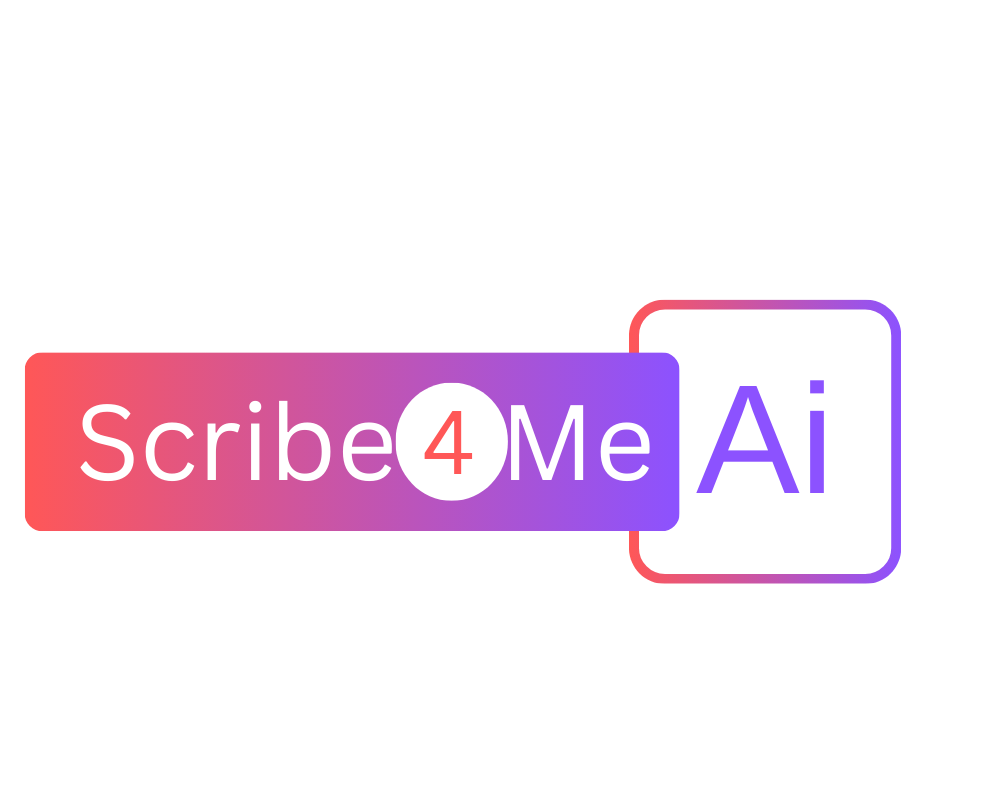

Top Solutions For Reducing Documentation Burden – A Comparative Study
Documentation burden – the excessive time and effort spent on clinical documentation is closely tied to increased burnout rates and decreased quality of care. Fortunately, innovative solutions are offering ways, promising to reduce, if not completely eliminate the documentation burden. From medical scribes to AI-driven scribes, let’s explore the options available to help you reclaim time for what matters most—your patients. This blog post walks you through the top five documentation solutions, along with an easy comparison of their scalability, affordability, and technology. To find the best fit for you, consider your personal preferences along with the costs, risks, and everyday usability of each solution.
Medical Scribes
Medical scribes offer a human touch by shadowing physicians, taking on documentation, and handling other administrative tasks. While effective, they can be costly, particularly for smaller practices. They are also difficult to scale and can increase liability risk if their responsibilities go beyond documentation.
Pros: They reduce physician workload by directly handling documentation and other administrative tasks.
Cons: Medical scribes are less common in family medicine and primary care due to their cost, as it often requires hiring pre-med or medical students, which can limit scalability.
Impact: Medical scribes can increase productivity by improving patient face time by up to 57% and reducing EHR time by 27%.
Virtual Scribes
Virtual scribes provide documentation support without needing to be physically present, keeping your exam room free from a third person. They offer services at a fraction of the cost and operate remotely, often as an offshore team. However, they do face challenges related to security, data transmission, and response times.
Cost: $1,000–$1,200 per month
Pros: They are more affordable than on-site scribes, with no retention challenges.
Cons: They perform only charting and not always real-time. Notes may take up to 24 hours and some systems may require extra hardware.
Impact: Virtual scribes have been shown to reduce burnout by up to 85%, save 1.1 hours of daily EHR time, and decrease documentation time by an hour.
Medical Speech Recognition
An MSR tool lets you dictate notes instead of typing, offering flexibility and making it easier to access patient care documentation. While they are efficient, MSR solutions still require users to manually navigate the EHR and edit text, which means some documentation burden remains on the physician.
Cost: $25–$75 monthly for enterprise use and around $200 for individual physicians
Pros: It’s a well-established technology with high accuracy rates, widely adopted in various healthcare settings.
Cons: Requires manual input for EHR navigation and editing, which limits its ability to reduce the overall burden.
Impact: MSR improves efficiency and user satisfaction, with 79% of users reporting time savings and 77% reporting improved documentation accuracy.
Ambient Speech Recognition
ASR offers a step forward by "listening" to conversations during patient encounters and collaborates with an external team to create a detailed visit note. This technology holds great promise for reducing the documentation burden, enabling physicians to speak naturally without having to focus on managing documentation.
Cost: Approximately $1,800 per month
Pros: Increases documentation quality and efficiency without interrupting natural physician-patient interactions.
Cons: Ambient conversations in the exam room are personal and medical decision-making is more structured and may happen outside the exam room.
Impact: Improves documentation quality for 79% of users, reduces burnout for 70%, and enhances perceived physician focus according to 81% of patients.
AI-powered Voice-Enabled Digital Assistants
AI-powered assistants bring a new level of intelligence to documentation, enabling physicians to efficiently manage their administrative tasks. AI assistants use deep learning and natural language processing to automatically generate notes and organize them in the appropriate sections of the EHR. As such, these solutions are considered as a promising approach for alleviating the EHR-related burden through complete automation of the documentation process.
Cost: $150–$200 per month
Pros: The AI-powered scribe lets physicians step away from the EHR. They offer user-friendly features at an affordable cost, with some using a "human in the loop" to enhance accuracy while the AI improves over time.
Cons: Full EHR integration is a challenge as many of them have been slow to adopt this technology
Impact: Reduces documentation time by 72%, decreases after-hours work by 40%, and increases practice satisfaction by 20%.
Comparing AI to Traditional MSR Systems
One key advantage of AI assistants over MSR is natural language understanding. Traditional MSR solutions require physicians to manually place dictated text within the EHR, while AI uses a built-in understanding to place text accurately based on context. This natural processing capability allows physicians to generate complete notes without needing to navigate or edit them in the EHR, freeing them to focus on patient care.
Choosing the Right Documentation Solution
When choosing a documentation solution, it’s important to understand your practice’s needs, patient load, and documentation requirements. Each solution comes with unique strengths, but they all share a common goal – reducing documentation burden and giving physicians back their time to engage in direct patient care. Take the time to explore these options, assess their cost-effectiveness, and test out the available features to find the best fit for you.
If you are seeking assistance with documentation Scribe4Me.Ai’s AI medical scribe can automatically document patient interactions, generate accurate, structured notes and even input them into the relevant fields of your EHR. Sounds impressive? To learn more take up a free trial today and experience how effortless documentation can be!


